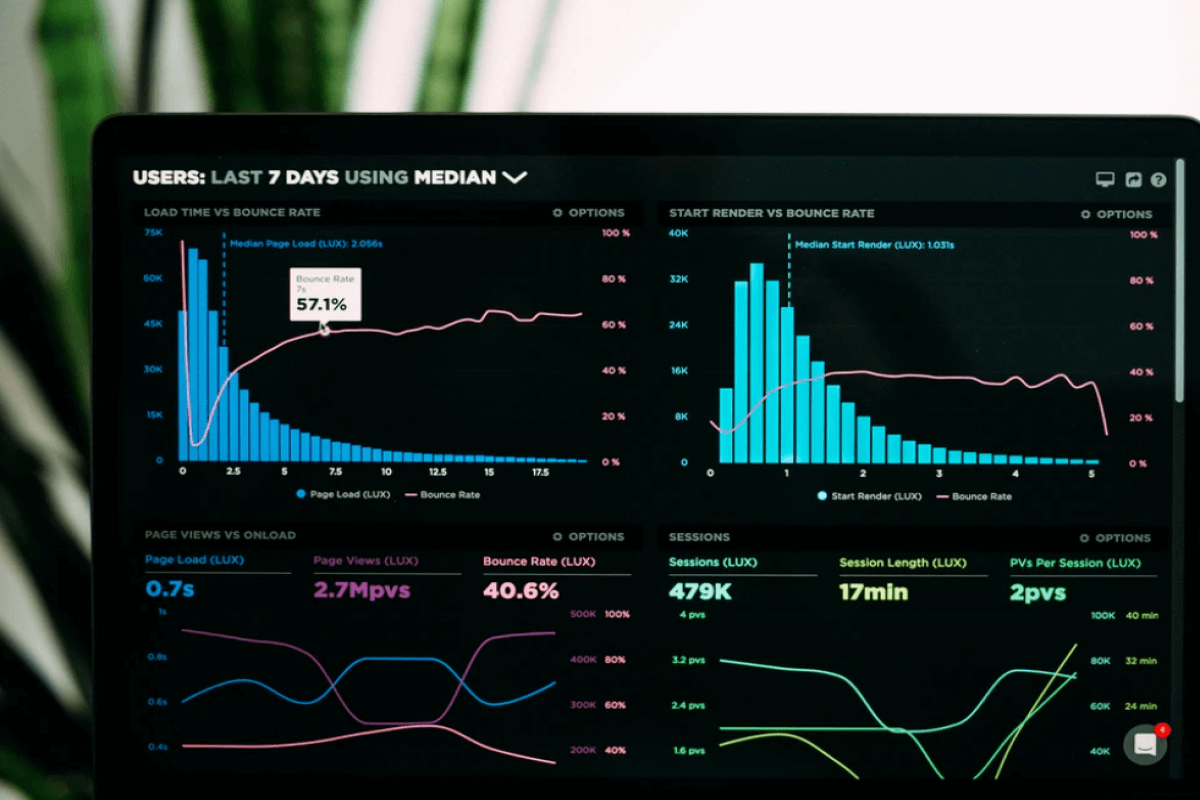
The IRS recently released tax gap estimates that cover the period 2014-2016. In this article, we’ll share how the IRS calculates tax gap estimates, tax gap limitations and implications of the data.
What is the IRS tax gap?
The tax gap is the difference between true tax liability for a given period and the amount of tax that is actually paid on time. The estimates consider federal taxes due and factor in refundable and nonrefundable credits.
The IRS estimates the tax gap occasionally to help the agency analyze trends and best determine how to allocate its resources.
According to the IRS, the estimated tax gap increased from $438 billion per year for the period 2011-2013 to $496 billion per year for the period 2014-2016. Based on the data analyzed by the IRS, approximately 85% of taxes were paid voluntarily and on time for the period 2014-2016. This estimate is higher than the 83.7% compliance rate calculated for the period 2011-2013.
The chart below illustrates the tax gap estimates and compliance rates over the last two decades.
The tax gap includes three components:
- Nonfiling (tax not paid on time by those who do not file on time, $39 billion),
- Underreporting (tax understated on timely filed returns, $398 billion), and
- Underpayment (tax that was reported on time, but not paid on time, $59 billion).
A more detailed look at each component is illustrated on the chart below.
One of the challenges the IRS faces with respect to estimating the tax gap data is the time it takes to collect compliance data. Details related to underreporting come from completed IRS audits, which usually don’t occur until a year or two after a return is filed.
The IRS has acknowledged this is a major limitation with timeliness and relevance of the data collected from the process. In response, the current release includes estimated tax gap projections for tax years 2017-2019.
Based on the projections for the period 2017-2019, the estimated tax gap is $540 billion per year and the compliance rate is 85%. The tax gap for the three components of nonfiling, underreporting, and underpayment are $41 billion, $433 billion, and $66 billion respectively.
According to the IRS, given the complexity of the tax system and available data, no single approach can be used for estimating each component of the tax gap and each approach is subject to measurement or nonsampling error. The IRS has provided several factors to keep in mind:
- The estimates cannot fully represent noncompliance in some components of the tax system including offshore activities, issues involving digital assets and cryptocurrency as well as corporate income tax, income from flow-through entities, and illegal activities because data are lacking.
- The tax gap associated with illegal activities has been outside the scope of tax gap estimation because the objective of government is to eliminate those activities, which would eliminate any associated tax.
- For noncompliance associated with digital assets and other emerging issues, it takes time to develop the expertise to uncover associated noncompliance and for examinations to be completed that can be used to measure the extent of that noncompliance.
Regardless of these limitations, the IRS continues to look for ways to keep the voluntary compliance rate high, including educational efforts aimed at preparers and taxpayers, ongoing efforts to improve compliance in the international tax arena, and working with businesses on employment tax issues. In 2021, the latest year for which data is available, the IRS collected more than $4 trillion in taxes, penalties, interest, and user fees.
Based on information obtained from tax gap studies, third-party reporting of income significantly raises voluntary compliance with tax laws. For example, a financial institution reporting interest income on Form 1099-INT to both the IRS and the account holder helps ensure the correct amount of interest income is reported on Form 1040-Individual Income Tax Return.
Voluntary compliance rises even higher when income payments are subject to withholding. Given wages and salaries represent nearly two-thirds of the income reported on Form 1040, employer withholding on such payments has a material impact with respect to reducing the tax gap.
The IRS has stated that the voluntary compliance rate of the U.S. tax system is vitally important for the nation. According to the IRS release, a one-percentage-point increase in voluntary compliance would bring in about $40 billion in additional tax receipts.
If you are interested in further details regarding the IRS Tax Gap, please reference IRS Publication 1415, Federal Tax Compliance Research: Tax Gap Estimates for Tax Years 2014-2016, at www.irs.gov.
Expand your expertise in tax with Becker.
Our tax courses and webcasts cover a broad range of topics and ensure that you stay updated on topics that are critical to your tax business. Learn more about Becker tax.
Tara Fisher has been practicing tax for over 20 years. Her professional background includes working for the U.S. Congress Joint Committee on Taxation, the national tax practice of PricewaterhouseCoopers, the University of Pittsburgh, and American University in Washington D.C. She is a licensed CPA and holds both an undergraduate and graduate degree in accounting from the University of Virginia.
The content contained in this article is for informational purposes only and is not tax advice. You should consult a tax advisor for advice applicable to your situation.








